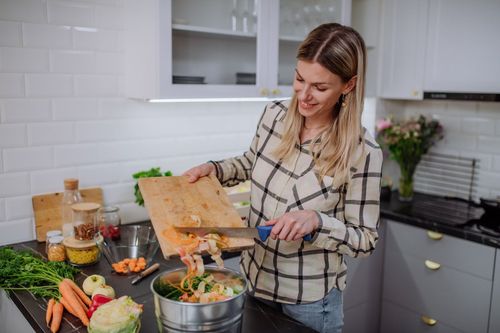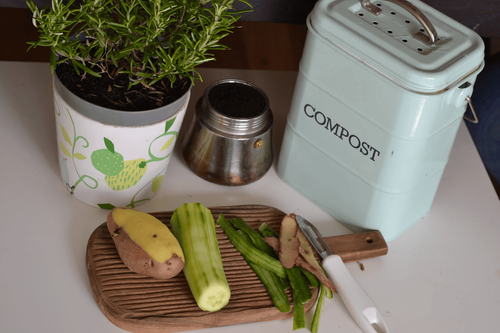How to Properly Compost When You Have a Large Space
8 minute read

For those fortunate enough to have a large space at their disposal, there are so many beautiful things you can do to enjoy nature. And we're not just talking about having a pretty garden or well-kept lawns.
One of the most immersive undertakings in the garden comes in the form of composting - an excellent means of disposing of organic waste while simultaneously enriching your property's soil.
And since you've got the space, you can really get involved in this process in a way that few other people can!
Now, since this is a website on composting for beginners, we'll break things down step-by-step, detailing everything you need to know when it comes to getting started and making the most of your large composting space.
After all, you want everything to be organized and productive, but you'll always want to ensure your compost heap is actually worth your time and brings value to your garden. How you do this will all be explained below.
So, without further ado, let's jump into the world of composting for large spaces.
Understanding Composting
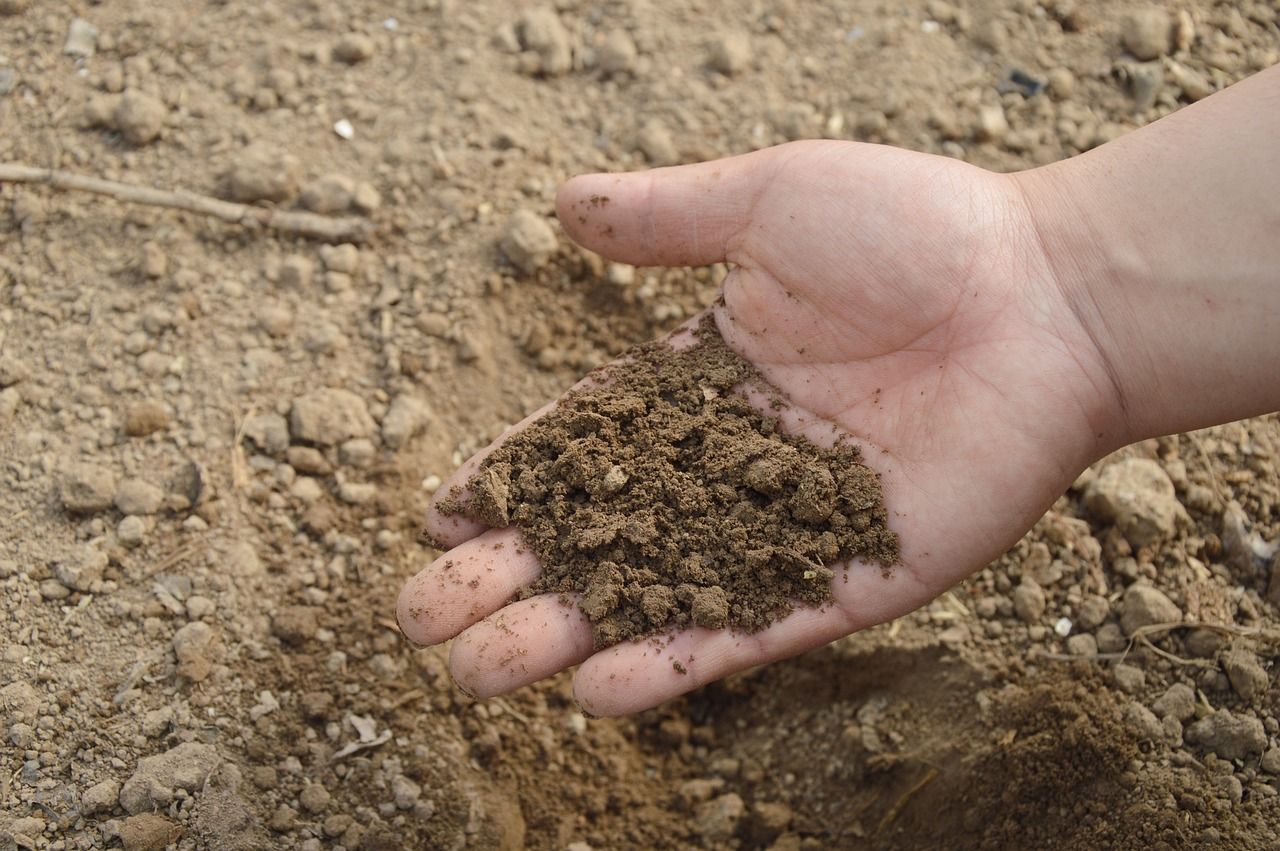
Composting is an age-old practice, a natural process of decomposition that turns organic materials into a rich soil known as compost.
And by natural, we mean it happens all the time, everywhere, all over the world.
Take a woodland area, for example.
Trees and plants grow tall, and over the years, bits of leaf and branch get old, die, and fall off to the ground. On the ground, they rot down, putting all their nutrients and minerals back into the soil for the new ground plants and trees to absorb.
And thus, the cycle begins again.
In your own garden, this is a great way to manage your natural waste (which you'll surely have a lot of if you have a large space) while also giving yourself all the nutrient-rich compost and soil your garden could ever want or need.
And so you have a system in place to keep the ecology of your property absolutely thriving for years to come.
On a scientific level, composting soil is an excellent soil conditioner, packed with beneficial microorganisms and nutrients that enhance soil fertility and plant health.
On top of this, composting also allows you to reduce the need for chemical fertilizers and improve soil structure to aid in water retention. And the larger the scale of your composting efforts, the more of a significant contribution to environmental sustainability by reducing landfill waste and greenhouse gas emissions you'll make.
And so, let's begin with how you can actually get started with this process yourself and start to turn your large space into an environmentally friendly, waste-reducing, and soil-enriching haven.
Planning Your Composting Area
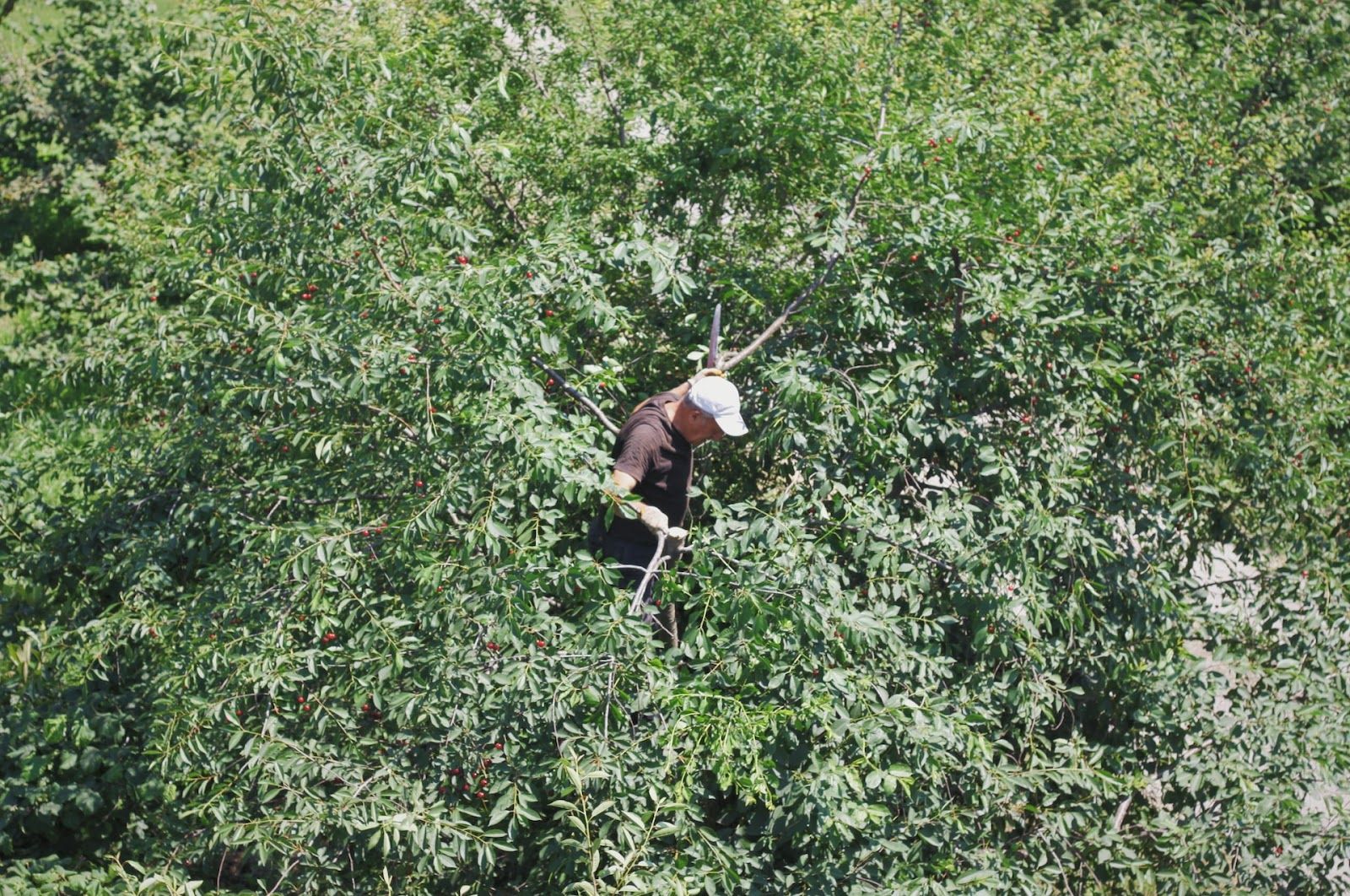
As with most things in life, to facilitate effective composting in an ample space, careful planning and selection of the composting area is absolutely essential.
And we're not just talking about putting it in a space out of sight until you need it or somewhere your kids won't want to play. We're talking about making a huge difference in how successful your compost heap is and what quality the outputted soil can be.
Here are some guidelines to help you choose the right location and plan your composting area:
- Assess the Space: Measure your available space to determine the size of your composting area. Ensure there's enough room for multiple compost piles or bins. The ideal size is 5ft by 5ft, to keep things simple, but we've seen effective heaps reach 10ft long and 6ft high. It all depends on how much waste you can add to the heap.
- Choose a Convenient Location: The composting area should be easily accessible for adding waste materials and turning the compost pile. You don't want to have to trek all the way there and end up being disconnected from the process.
- Consider Sunlight and Drainage: Now, location is key. You'll need a spot with a little sun, but the best heaps thrive in a sheltered or full-shade area. Ensure the area has good drainage to prevent the compost from getting too wet or too dry.
- Plan for Water Access: While you want to avoid excessive moisture, you’ll need a bit to aid the decomposition process. Therefore, ensure a water source is nearby, or at least access to rainwater that can easily drain away.
- Think About Wind Direction: If possible, place the composting area downwind to avoid any odors spreading to living or working spaces. You may want to choose an area with a natural boundary, like a hedge or treeline. The last thing you want is to step out into your garden to get hit by a huge smell.
Necessary Tools and Equipment
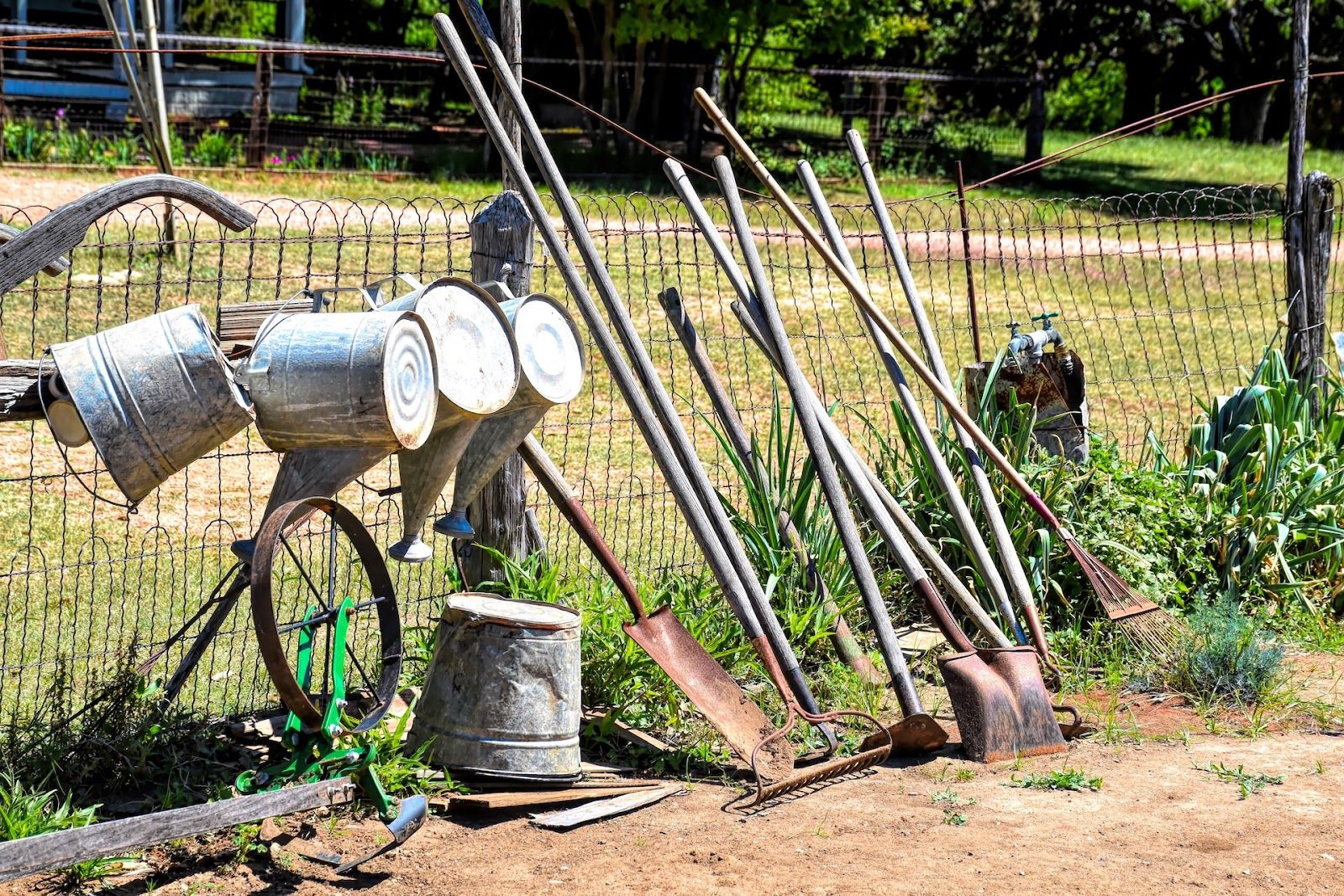
Okay, so you have a possible location in mind - it's time to set everything up. While composting heaps can be incredibly simple and could literally be a pile where you heap your kitchen waste and lawn trimmings, you'll get a much better output if you're actively looking after and working on your compost heap.
And you'll seriously notice the difference if you're using the soil to nurture your garden or grow fruit and vegetables. The yield is just like nothing else.
So, getting the right tools for the job is essential - Here is a list of the must-haves:
- Compost Bins or Piles: Depending on the size of your space, opt for multiple compost bins or designate areas for compost piles. It's always best to fence or boundary off an area, whether that's using a dedicated container, erecting a fence, or even placing pallets to create walls.
- Garden Fork or Pitchfork: These tools are perfect for turning your compost and ensuring proper aeration. Every compost heap basically needs a fork stuck in it at all times for as and when you need it.
- Wheelbarrow: A wheelbarrow is useful for transporting compost materials from one place to another. Another large garden is essential.
- Garden Hose or Watering Can: Use these to maintain the moisture levels in your compost pile.
- Thermometer: A compost thermometer can help you monitor the temperature of the pile, which is vital for efficient composting. This is usually for advanced composting, but it's a good thing to have. The best temperature is between 141°F and 155°F since this kills weeds and pathogens and optimizes decomposition.
- Gloves and Boots: To protect your hands and feet while handling compost materials. While we love getting our hands dirty, that may not always be the most comfortable option!
By equipping yourself with these tools, you can effectively manage composting in a large space. So, let's move on to what you can actually put on your heap for the best results!
What Can You Compost?
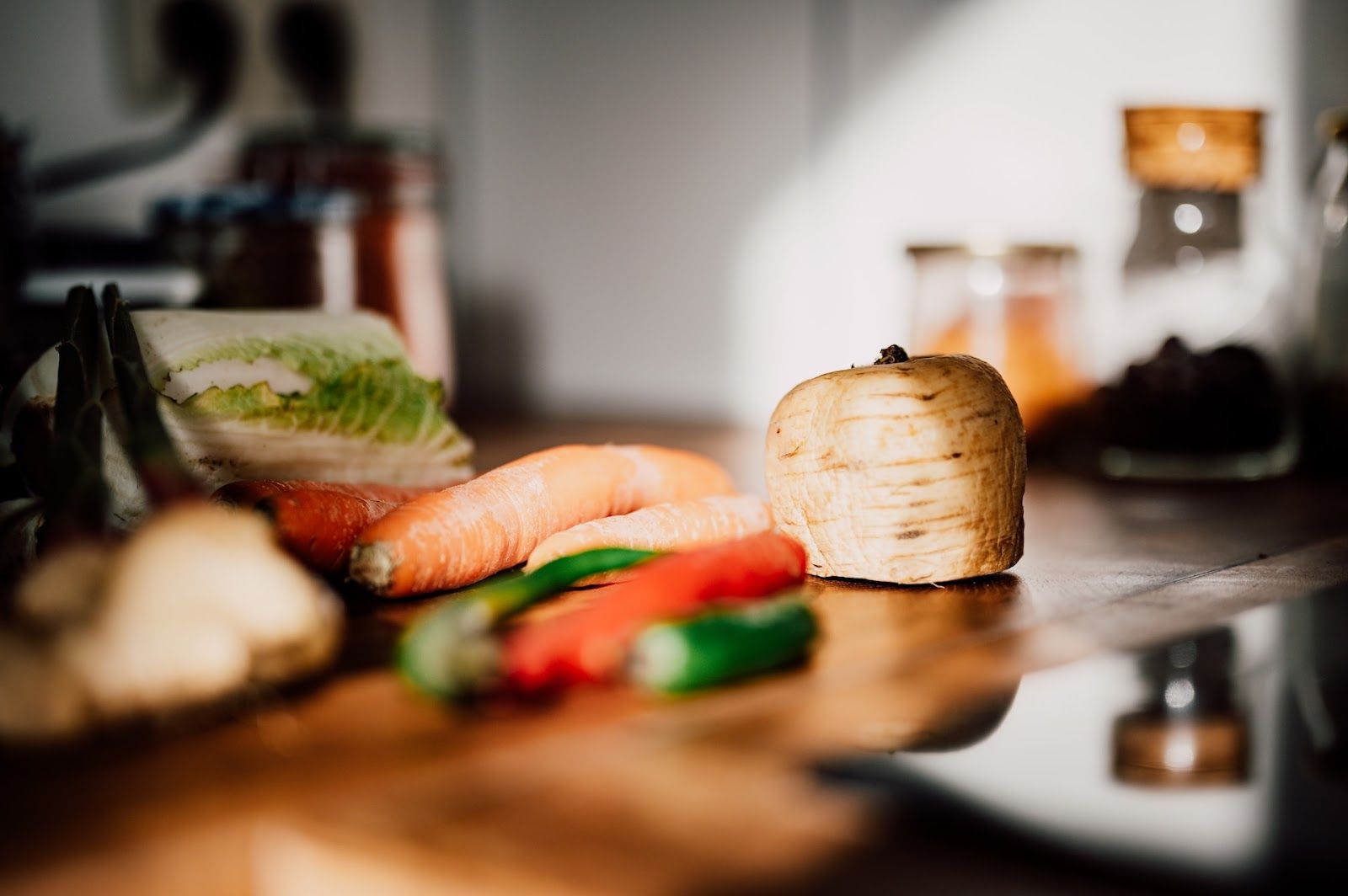
One of the great things about composting is that you can use various materials. Typically, we like to suggest that most natural waste from your kitchen and garden is ideal. Anything from nature has the nutrients and minerals that nature would need to thrive.
Here are some common items that you can add to your compost pile:
- Kitchen scraps: Fruit and vegetable peels, coffee grounds, and eggshells.
- Yard waste: Leaves, grass clippings, and plant trimmings.
- Paper products: Shredded newspaper, cardboard, and paper towels.
- Garden waste: Weeds, dead plants, and pruned branches.
- Manure: From herbivores such as cows, horses, or chickens.
While these are common materials that can be composted, avoiding adding meat or dairy products is essential, as they can attract pests and cause unpleasant odors. The last thing you want is an old chunk of meat covered in maggots. It's gross and hard to deal with.
Simply best avoided.
Interestingly, composting in a large space also allows you to add larger items, such as branches and logs. However, it's important to note that these materials take longer to break down, so you'll need to be a bit tactful with how you compost.
It's recommended that you do so because they add essential nutrients to the compost once they do. Just make sure you spread the dense wood out and pack the space with easier-to-compost materials, like kitchen waste and leaves, as this can help to speed up the process.
You can also consider adding shredded paper or cardboard as a carbon source to balance out the nitrogen-rich materials such as kitchen scraps and grass clippings.
Remember to mix these materials well and maintain a good balance between carbon (brown natural products) and nitrogen (green natural products) for the best results.
Composting Methods for Large Space
At this point, you basically have everything you need to start composting at home in your large space! See, that wasn't so difficult, was it? It's usually a case of grasping the fundamentals and then having fun with it.
That said, you'll get much better results if you take a more managed approach - one where you're actively controlling the conditions of your heap to encourage specific outcomes and qualities. There are actually several methods you can enjoy when composting in large spaces, each with its advantages and drawbacks.
Let's take a look at them now.
- Windrow Composting: This method involves forming organic waste into long, narrow piles known as windrows. Windrows are relatively easy to turn, allowing for efficient aeration, and are best suited for large volumes of organic waste. However, they require regular maintenance and are not the most aesthetically pleasing.
- Aerated Static Pile Composting: This method requires less maintenance than windrow composting. Organic waste is piled over a network of pipes that deliver air to the compost, eliminating the need for turning. Despite its efficiency, this method requires an initial investment in aeration equipment and may not be suitable for all types of organic waste.
- In-vessel Composting: This method involves composting materials within a contained system. It offers the fastest composting time and is less labor-intensive than the other methods. However, it requires a significant upfront investment and ongoing expenses for operation and maintenance.
By understanding the pros and cons of these composting methods, you can select the one that best suits your large space and composting requirements.
Common Mistakes and How to Avoid Them
Top 6 Mistakes Gardeners Make When Composting
And finally, when you're new to composting, the chances are you'll make a mistake here and there. No worries, that's all part of the learning process, but it's, of course, better to avoid them altogether, especially when you're working with a large space.
And for this, knowledge is power.
One common mistake is uneven compost composition, mainly due to insufficient brown and green waste balance, causing it to become too wet or too dry. If you find your compost heap is composting really well in some places and not well in others, try adding whatever kind of natural product seems to be missing.
Again, you'll get much better at this the more experience you have, but it might take a bit of mindfulness to begin with.
To avoid this, ensure a mix of green materials (rich in nitrogen, like vegetable scraps) and brown materials (rich in carbon, like dry leaves).
Another frequent error is inadequate aeration, leading to foul odors. Regularly turning your compost pile can prevent this.
Lastly, remember to maintain the compost pile's moisture - it should be damp but not soaked to promote decomposition.
Conclusion
Composting in large spaces can have numerous environmental and economic benefits. Choosing the right method and avoiding common mistakes is key to successful composting.
With proper management, your organic waste can turn into nutrient-rich soil amendments that can benefit your garden or landscaping projects.
So why wait?
Start composting in your large space today, and don't forget, if you're looking for more information, the best tips and tricks, and all the resources you could ever need to master composting at home, check out the rest of our blog!
Happy composting!
